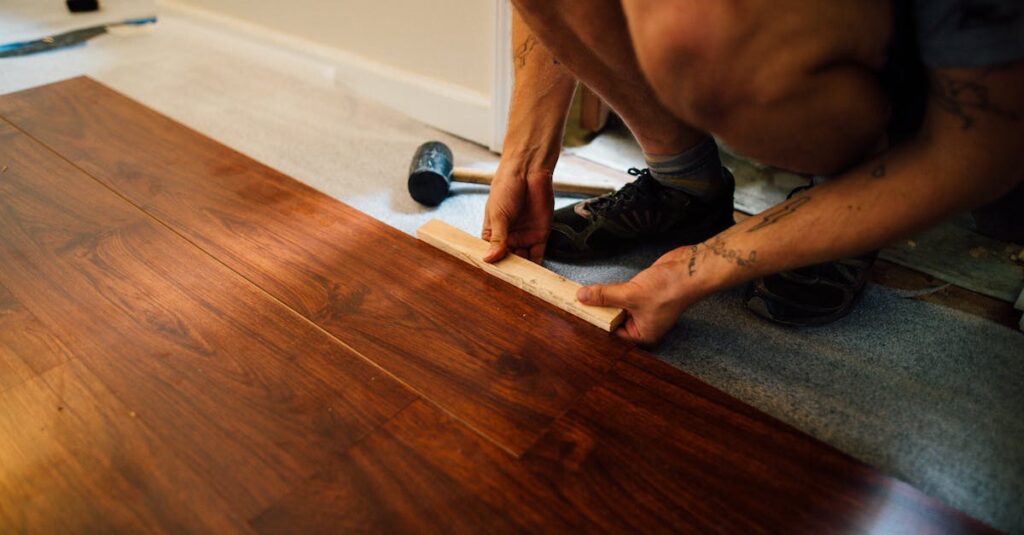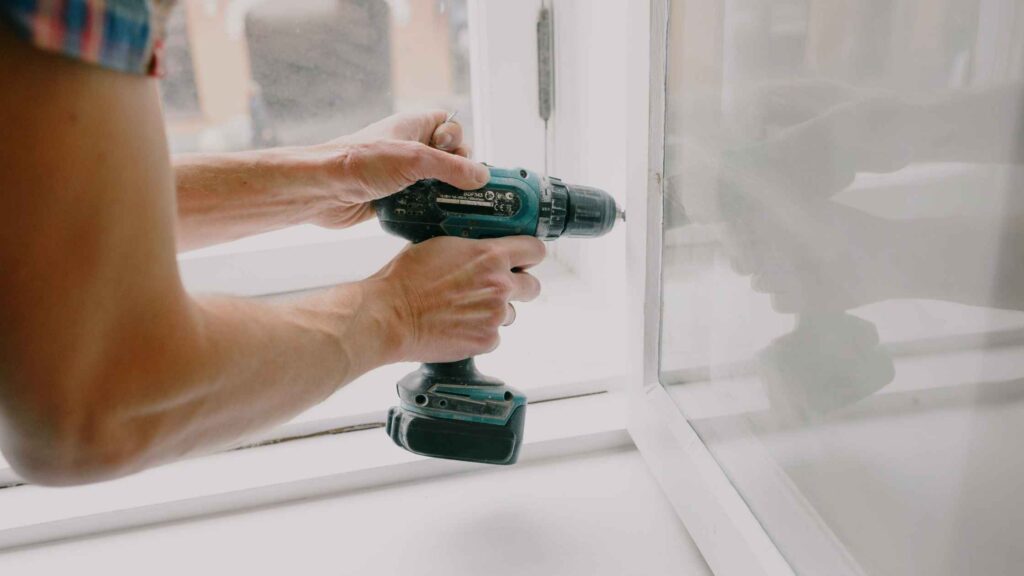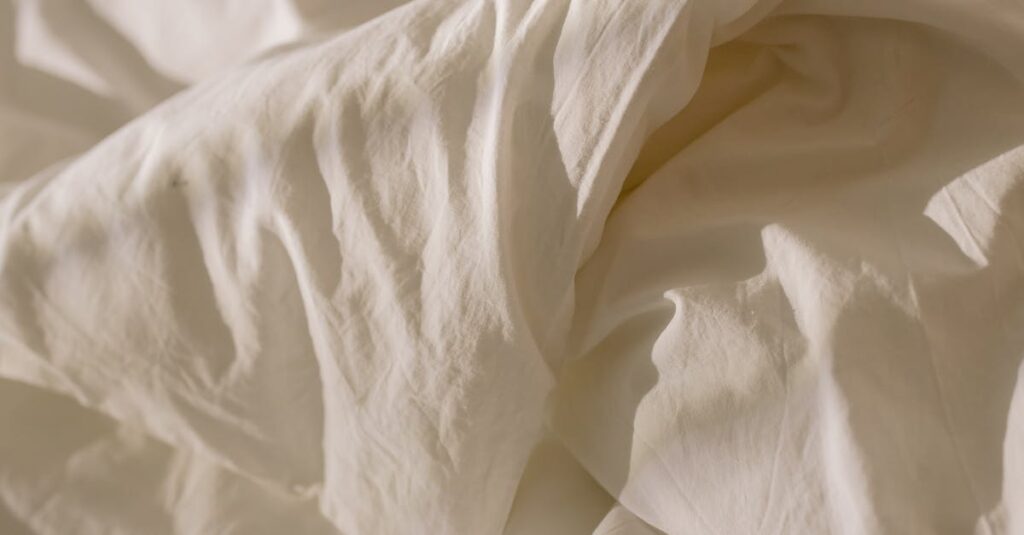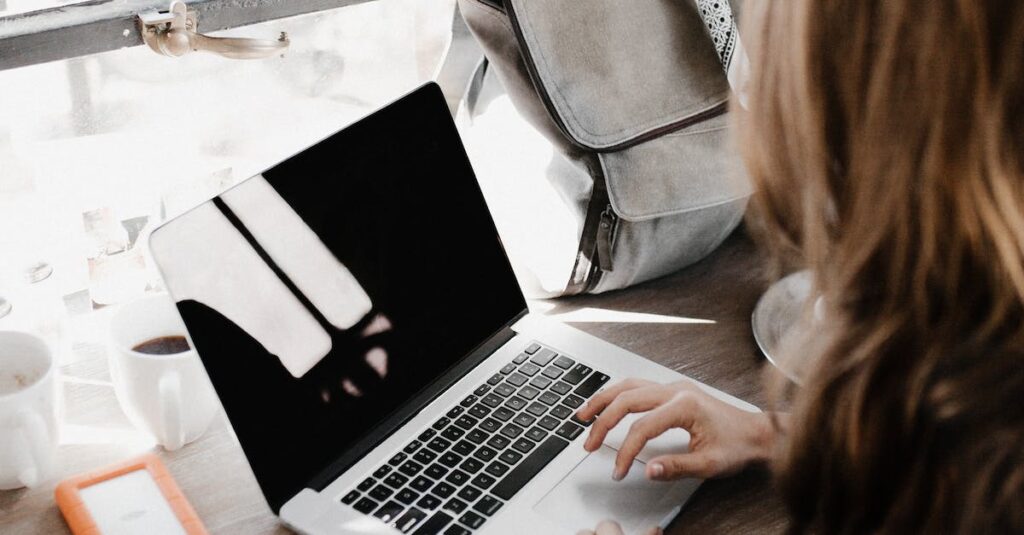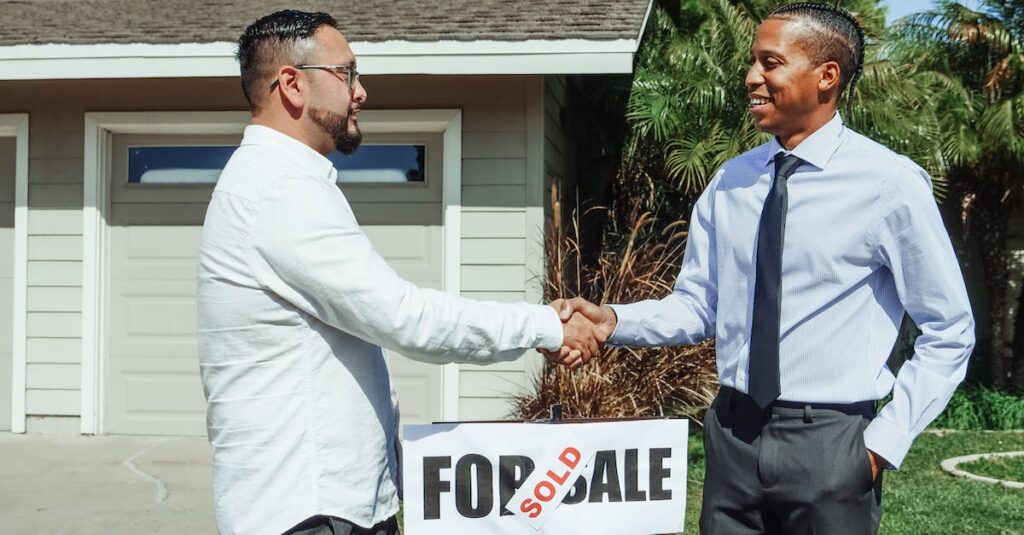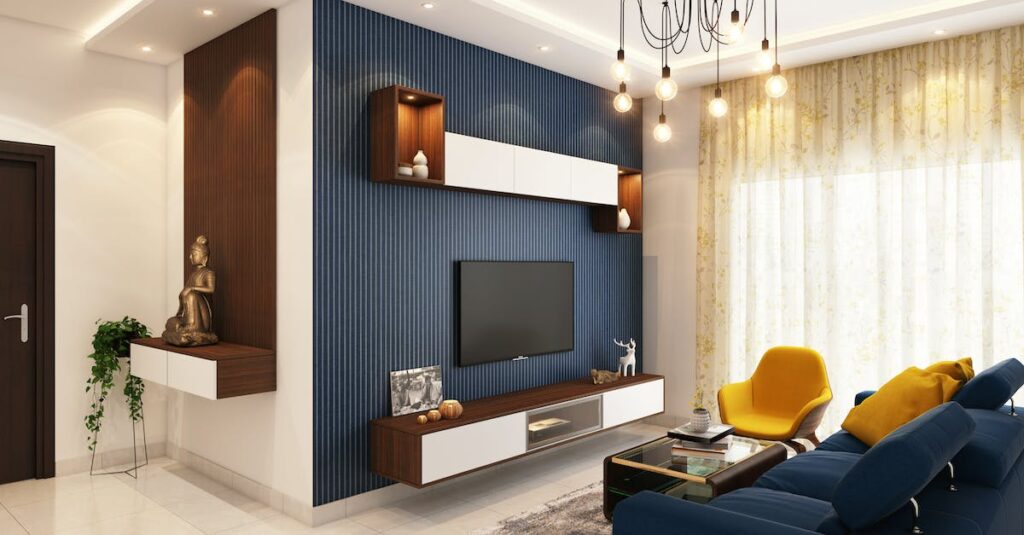Introduction
Maintaining rental property flooring is essential for ensuring long-lasting durability and aesthetics. As a landlord or property manager, it is crucial to properly care for the floors to prevent damage and costly repairs. In this article, we will provide you with valuable tips and techniques to help you maintain different types of flooring in your rental properties.
Types of Flooring
Before diving into the maintenance tips, let’s discuss some common types of flooring you may encounter in rental properties:
1. Hardwood Flooring
Hardwood flooring is a popular choice due to its classic and timeless appeal. However, it requires regular maintenance to preserve its beauty and prevent scratches and discoloration.
2. Laminate Flooring
Laminate flooring is a cost-effective alternative to hardwood but still provides a similar look. It is easier to maintain and clean compared to hardwood floors.
3. Vinyl Flooring
Vinyl flooring is durable, waterproof, and resistant to stains and scratches. It is an excellent choice for high-traffic areas or properties with pets or children.
4. Carpet Flooring
Carpet flooring offers warmth and comfort, but it requires special care to keep it clean and free from stains, odors, and allergens.
Tips for Maintaining Rental Property Flooring
Now that you are familiar with different types of flooring, let’s explore some essential tips for maintaining them:
1. Regular Cleaning
Regular cleaning is crucial for all types of flooring. Sweep, vacuum, or mop the floors regularly to remove dirt, dust, and debris. This simple habit will prevent scratches and maintain the overall appearance of the floor.
2. Use Appropriate Cleaning Products
Ensure you use appropriate cleaning products specifically designed for the type of flooring you have. Using harsh chemicals may damage the floor’s surface and compromise its longevity. Follow the manufacturer’s recommendations for cleaning products and techniques.
3. Preventive Measures
Take preventive measures to protect the flooring from potential damage. Place doormats at the entrances to trap dirt and moisture, preventing them from spreading onto the floors. Additionally, consider using furniture pads or area rugs to prevent scratches caused by heavy furniture or high foot traffic.
4. Address Spills and Stains Promptly
Accidents happen, and spills or stains are inevitable. However, it is important to address them promptly to prevent permanent damage. Blot spills immediately using a clean cloth or paper towel. Use appropriate stain removers recommended for your type of flooring.
5. Regular Inspections
Regularly inspect the flooring in your rental properties for signs of damage or wear and tear. Look out for scratches, cracks, loose tiles, or worn-out areas. Identifying issues early on allows for timely repairs or replacements, preventing further damage and expenses.
6. Professional Maintenance
Consider scheduling professional maintenance for your rental property flooring annually or as needed. Professional cleaners or restoration services can provide deep cleaning, buffing, or refinishing to revitalize the floors and maintain their longevity.
Summary
Proper maintenance of rental property flooring is essential for preserving its longevity and aesthetics. Regular cleaning, using appropriate cleaning products, taking preventive measures, addressing spills promptly, conducting regular inspections, and considering professional maintenance are key practices to follow. By implementing these tips, you can ensure your rental property’s floors remain in excellent condition, reducing the need for costly repairs or replacements in the future.

